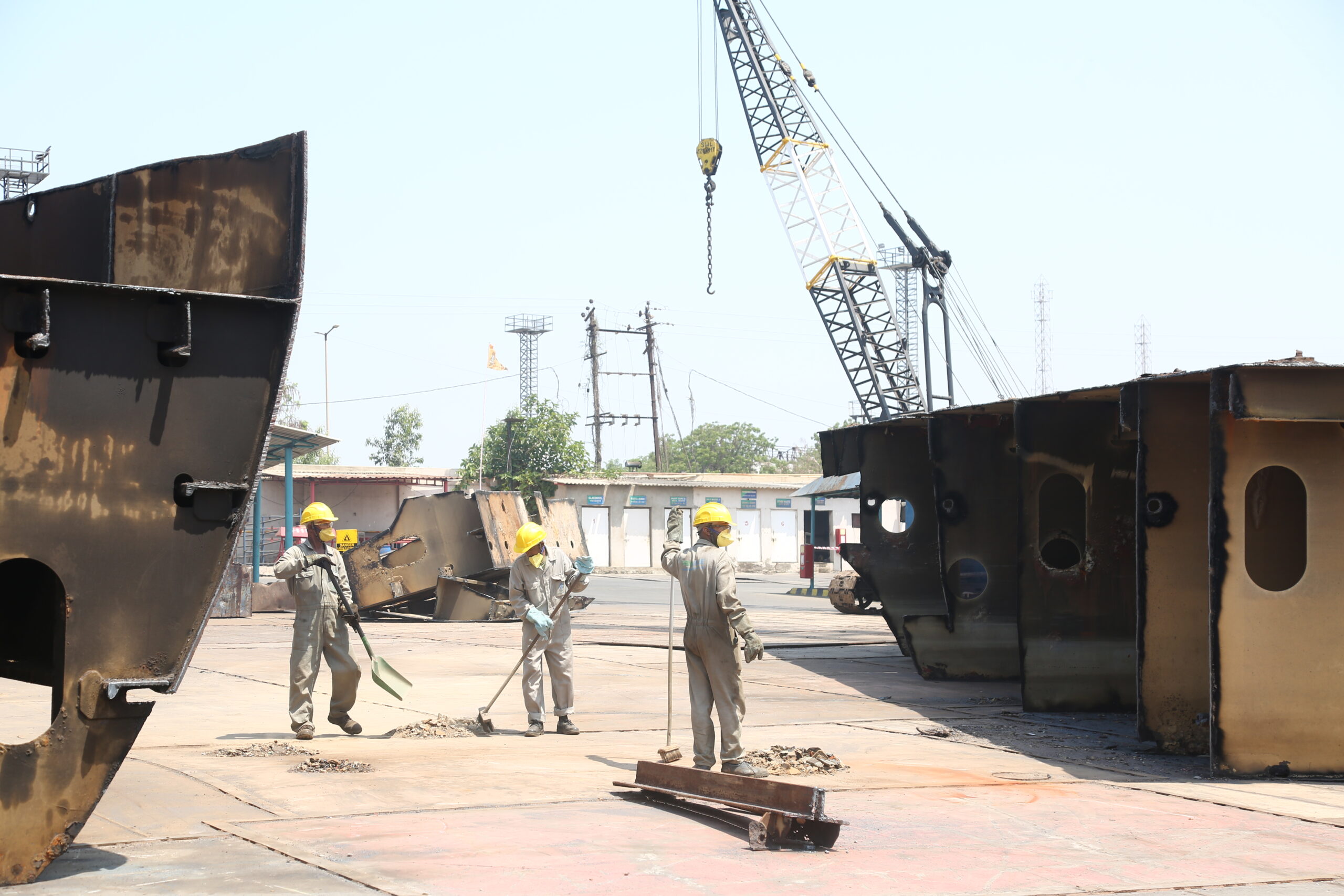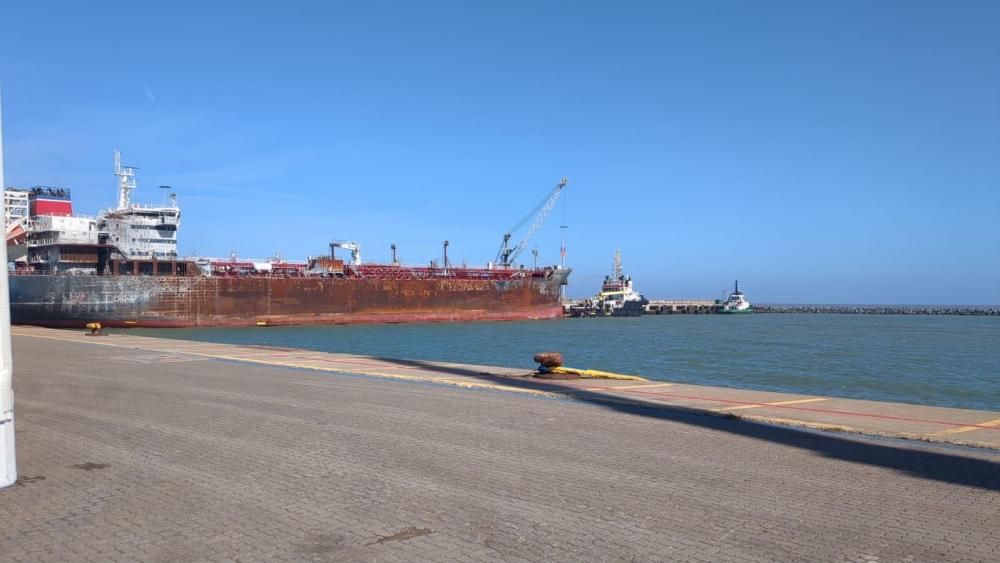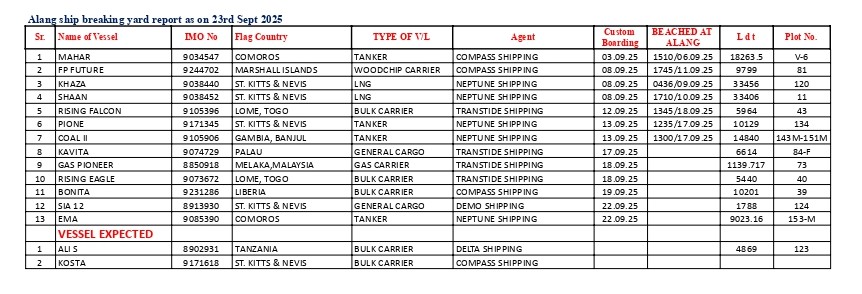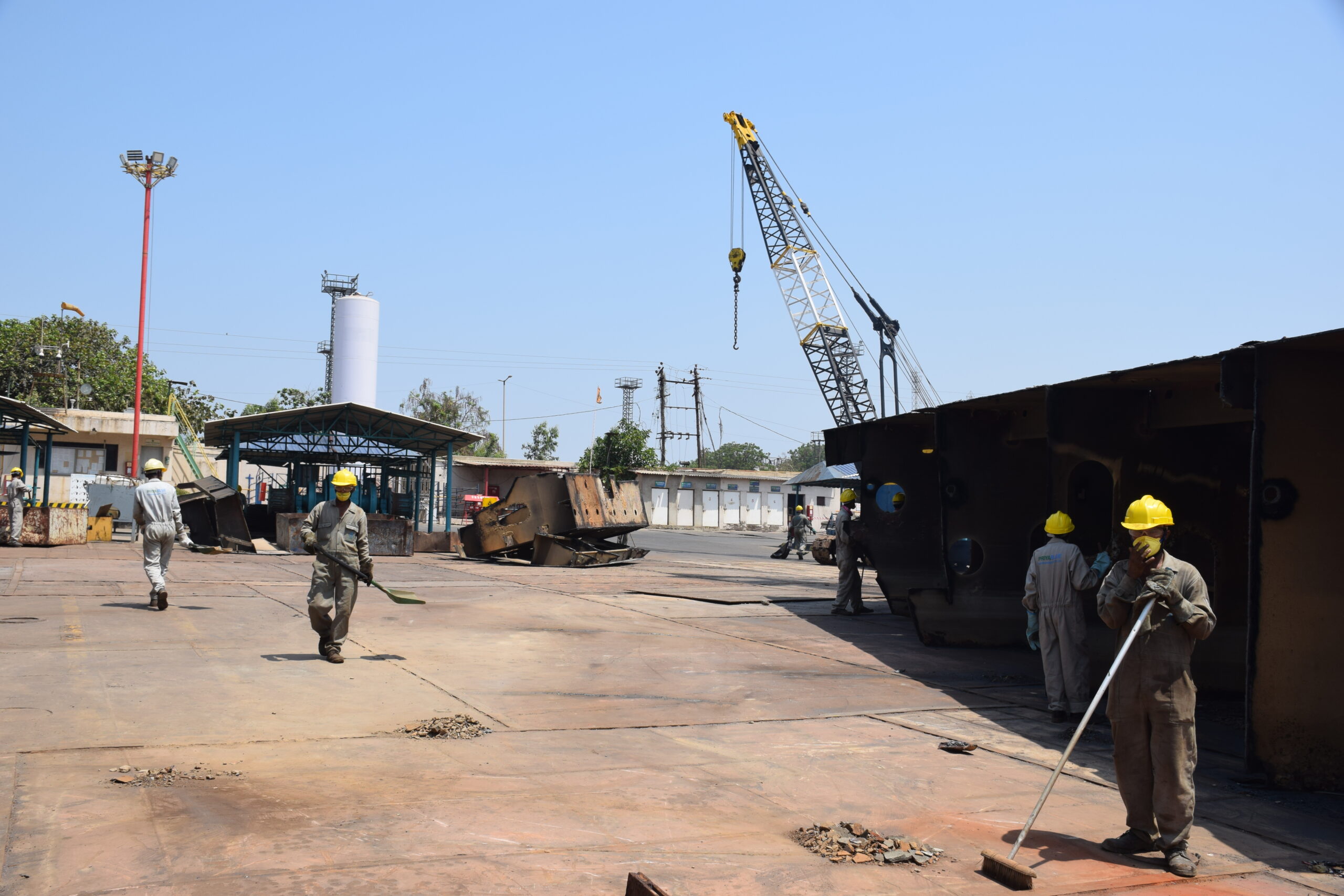Did a Russian ‘Shadow Ship’ Sever the Finland-Estonia Undersea Baltic Cable?
In an alarming development that has sparked fresh concerns across Europe, Finnish authorities have detained a ship suspected of damaging critical undersea infrastructure connecting Finland and Estonia. This incident underscores the vulnerability of Europe’s vital networks and raises the specter of Russian hybrid warfare targeting critical infrastructure.
The Incident
On Wednesday, October 25, Finland’s 170-kilometer (106-mile) Estlink-2 undersea power cable—an essential link for electricity transmission between Finland and Estonia—was severed. Around the same time, disruptions were reported in four telecom cables: three between Finland and Estonia and one between Finland and Germany.
Authorities wasted no time in identifying a possible culprit. By Thursday morning, the Finnish coastguard boarded an oil tanker, the Eagle S, in Finnish territorial waters. According to Finnish police, the Eagle S is registered in the Cook Islands, managed by a United Arab Emirates-based company named Caravella, and was sailing from Russia’s Saint Petersburg to Port Said in Egypt at the time of its detention.
MarineTraffic, an online vessel tracking platform, revealed that the Eagle S crossed the location of the Estlink-2 cable precisely at 10:26 GMT on Wednesday—coinciding with the reported power outage. Finnish broadcaster Yle suggested that the ship’s anchor might have been responsible for the damage.
Investigation Underway
Finnish authorities have launched a criminal investigation to determine whether the Eagle S was directly involved in severing the cable. While the investigation is still in its early stages, the incident has already drawn international attention.
The United States quickly pledged its support for the probe. “We are coordinating closely with our allies and stand ready to support their investigations,” a spokesperson from the US National Security Council said.
NATO, too, has condemned the incident. Secretary General Mark Rutte expressed solidarity with Finland and Estonia, stating on his social media platform: “We are following investigations by Estonia and Finland, and we stand ready to provide further support.”
Meanwhile, the European Union’s foreign policy chief, Kaja Kallas, labeled the event “the latest in a series of suspected attacks on critical infrastructure.” Kallas pointed out that the Eagle S belongs to what is known as Russia’s “shadow fleet,” a network of vessels allegedly used by Moscow to evade Western sanctions and sustain its war economy amid the conflict in Ukraine.
What is a Shadow Ship?
The term “shadow ship” refers to aging vessels with murky ownership structures that transport Russian fuel and other goods to bypass Western-imposed sanctions. These ships often operate under flags of convenience and use opaque management arrangements to conceal their links to Russia.
Since the onset of Russia’s war in Ukraine, this so-called shadow fleet has become instrumental in Moscow’s efforts to sustain its economy despite stringent international sanctions. Critics argue that these vessels not only jeopardize global security but also pose environmental risks due to their substandard conditions.
Kallas emphasized the broader implications of these operations: “These shadow vessels are helping Russia to earn funds that will aid Russian hybrid attacks.”
Broader Concerns
The suspected sabotage of the Baltic Sea cables has reignited fears of hybrid warfare—a blend of conventional, cyber, and other tactics aimed at undermining a nation’s security and resilience.
Russia has long been accused of employing hybrid warfare techniques, ranging from cyberattacks to disinformation campaigns. Targeting undersea cables could represent a significant escalation, given the critical role these infrastructures play in modern economies.
Estonian Prime Minister Kristen Michal convened an emergency meeting to address the crisis and announced that repairs to the damaged cable could take as long as seven months. “This incident highlights the fragility of our critical infrastructure,” Michal said during a press briefing.
Historical Context
This is not the first time undersea cables have been the target of suspected sabotage. In recent years, NATO and European officials have repeatedly warned about the vulnerability of these cables to malicious actors. In October 2022, the Nord Stream gas pipelines were severely damaged in a suspected act of sabotage, cutting off a key energy supply route between Russia and Europe.
Although no conclusive evidence has emerged about the perpetrators of the Nord Stream attack, suspicion largely fell on Russia, given its history of using energy supplies as leverage in geopolitical conflicts.
Strategic Implications
The Baltic Sea is a vital corridor for energy, communications, and trade between Northern and Eastern Europe. Any disruption to its infrastructure could have far-reaching economic and security consequences.
For Finland, the incident is particularly concerning given its recent accession to NATO in April 2023. The country’s inclusion in the alliance has heightened tensions with Moscow, which views NATO’s expansion as a direct threat.
By targeting critical infrastructure, Russia—or actors linked to it—may be signaling its displeasure while testing the alliance’s resolve. Such acts could also warn other NATO aspirants, like Sweden, which is still awaiting full membership approval.
International Response
The incident has prompted calls for enhanced security measures to protect undersea infrastructure. NATO has already pledged to increase patrols and surveillance in the Baltic Sea region.
The European Union is also considering stricter regulations on vessel tracking and ownership transparency to counter the threat posed by shadow fleets.
“We must take this as a wake-up call,” said a senior EU official. “Critical infrastructure is the backbone of our interconnected world, and we cannot afford to leave it vulnerable.”
The Path Forward
While the investigation into the Eagle S continues, the incident underscores the need for greater vigilance and cooperation among NATO and EU members. The Baltic Sea is not just a regional concern; its infrastructure is a lifeline for Europe’s energy and communications.
As Finland, Estonia, and their allies work to uncover the truth behind this latest attack, one thing is clear: safeguarding critical infrastructure will remain a top priority in an increasingly volatile geopolitical landscape.
Whether the Eagle S was indeed responsible for the cable damage or not, the episode serves as a stark reminder of the vulnerabilities inherent in modern infrastructure. For Europe, the message is clear—preparedness and resilience are more critical than ever.
Author: shipping inbox
shipping and maritime related web portal











